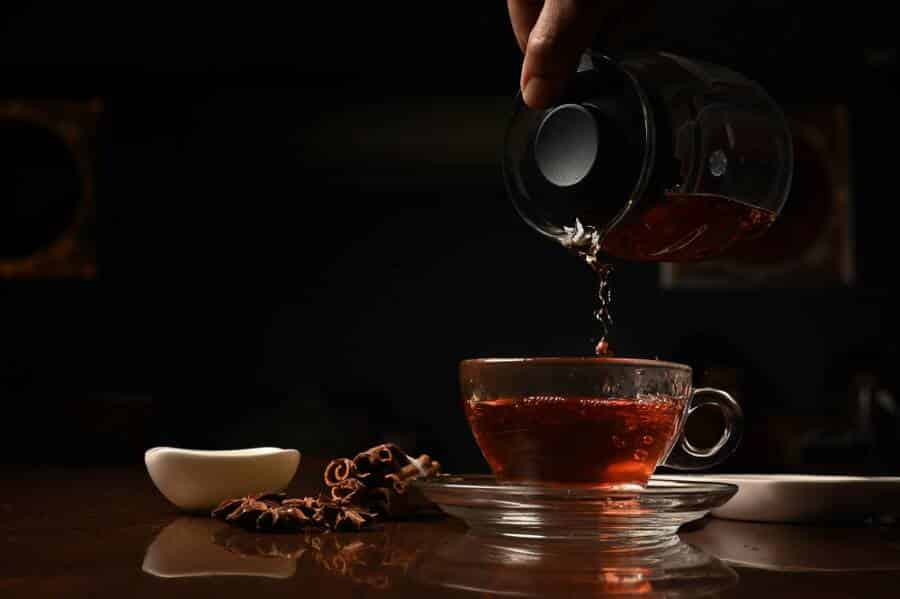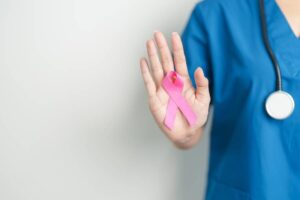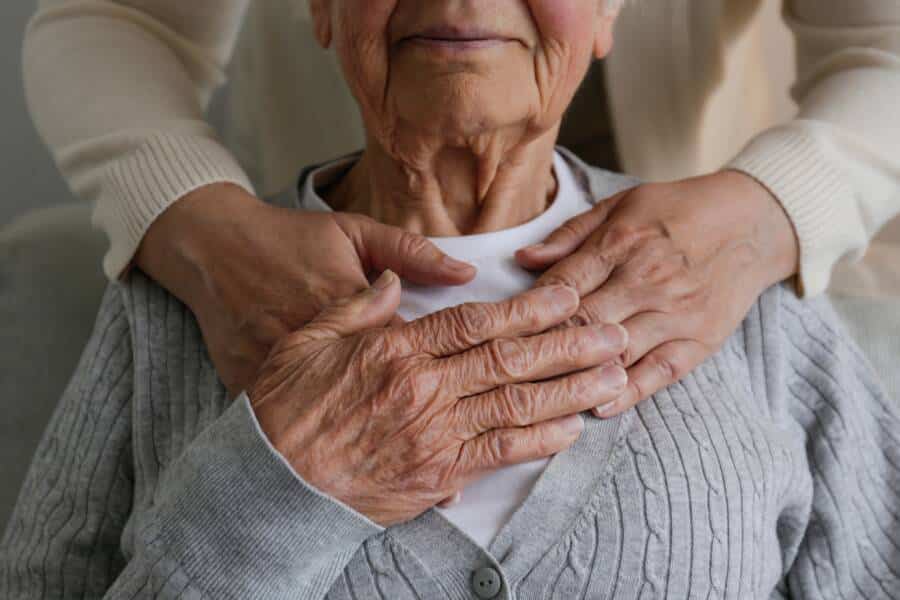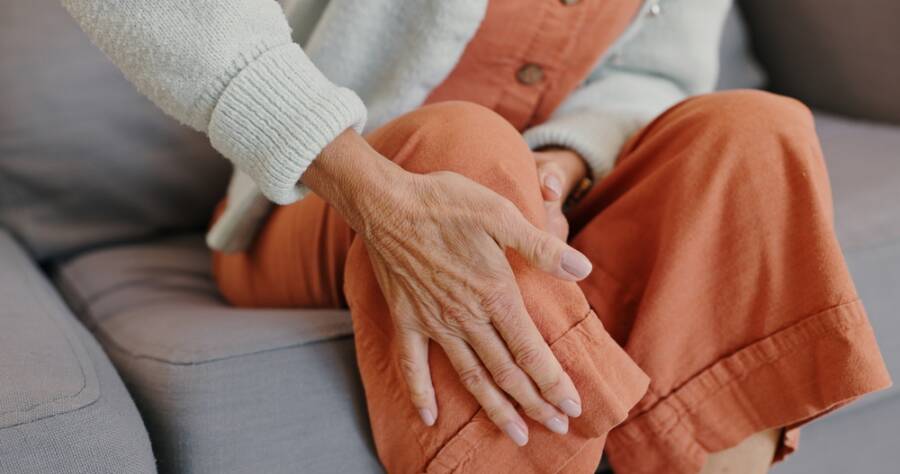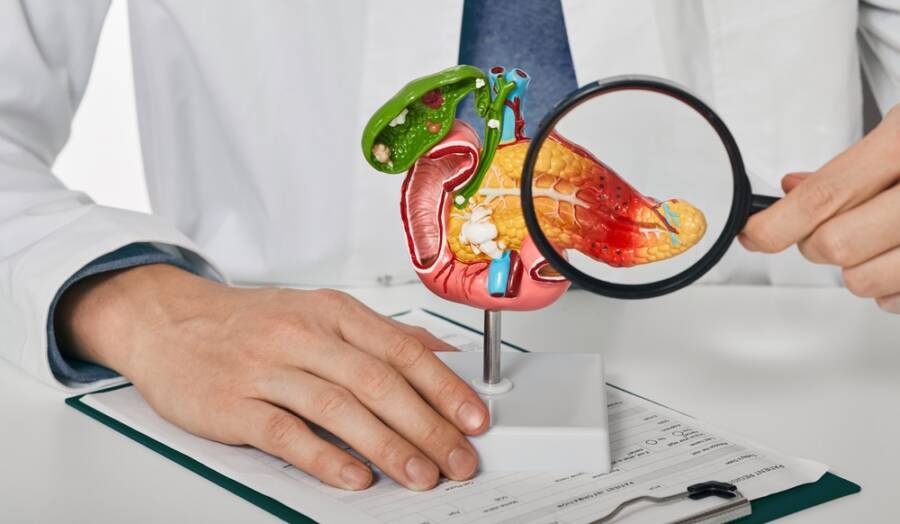Bad news: a brand new Omicron variant, also known as JN.1, might be on the rise. According to updated data from the Centers for Disease Control and Prevention (CDC), COVID-19 levels seem to be spiking in the United States.
In fact, recent data proved a 17.6% rise in COVID-related hospital admissions as well as a 25% rise in COVID deaths. Test positivity and emergency room visits also increased dramatically, at drastic rates.
Last Friday, the CDC published an update on the JN.1 Omicron subvariant. The strain is now making up between 15% and 29% of current COVID cases. In late October, JN. 1 made up a very short number of cases.
According to the CDC, this rise might indicate that JN. 1 could be more transmissible than other strains. However, according to the latest report, it’s still unknown to what extent JN. 1 could be contributing to these increases for the rest of December.
That being said, experts are fairly concerned about the combination of holiday gatherings, low COVID-19 vaccine rates, and a brand-new transmissible variant. We might have some immunity now, which already makes things better in certain ways.
I mean, it’s not 2020 or 2021 anymore. But it’s still not a desirable place. There’s still plenty to do. If you want to know more about the latest JN. 1 subvariant and how the strain could be affecting the current COVID situation in the United States, as well as how to be safe for holidays, read this article.

The JN. 1 variant is similar to the BA. 2. 86 Variant
JN. 1 is very closely related to another Omicron strain, known as the BA.2.86 variant. This is a variant that experts were closely monitoring earlier this year. Actually, the only difference between BA.2.86. and JN.1 is in the spike protein.
There’s still a lot we don’t know about the latest Omicron strain, but experts believe that JN.1 will continue to pick up a lot of momentum. It’s still causing almost a third of new cases in the United States, and it’s extremely likely to be the dominant variant with us throughout the holiday season.
As far as symptoms are concerned, the CDC expects JN. 1 to suffer from similar severity and symptoms to other Omicron variants.
It seems that newer variants of COVID-19, like JN. 1, tend to induce more gastrointestinal symptoms, like abdominal pain or diarrhea. But this hasn’t yet been confirmed by the CDC. For the moment, the public health risk caused by JN. 1 seems to be similar to other Omicron variants.
However, pre-print data from researchers in Japan even suggested that JN. 1 might have the potential to be skilled at evading the immune system. Any time there’s a new virus emerging, it’s always better than the old one. That’s probably because they become better at evading immunity, or something about it makes it much better at spreading.
Is JN.1 behind the current COVID spike?
Besides the ongoing increases in COVID-related hospitalizations, deaths, emergency room visits, and infections, the United States marks increasingly “higher” COVID numbers. Nationally, COVID activity is the highest it’s been so far.
The risk depends on the region, as the Northeast and West are marking lower levels, while the Midwest is currently seeing its second-highest COVID peak ever. Experts believe it’s still too soon to tell if JN.1 is to blame for such high levels.
The increase in cases might simply have to do with the normal ebb and flow of COVID. At times, it increases, peaks in late summer, and then again around the new year, the CDC explained. We all cluster indoors together at the same time the viruses are introduced.
We all cluster indoors together pretty much at the same time the viruses get introduced, which makes infection rates for respiratory viruses generally worse in colder months. But JN. 1’s rapid increase might raise some questions about whether it might be driving an increase in infections going forward.
Moreover, it seems that the general increase in COVID-19 infections could mean that the virus is now reaching a wider range of people. Most people are more vulnerable to severe diseases. Even if numbers are ticking up with JN. 1’s rise, it doesn’t mean that the variant is necessarily more deadly. Even if this year’s COVID increase isn’t totally abnormal, experts are still quite concerned about what the data has shown so far.
What might be different this year than last year is that people aren’t really doing any risk mitigation. As of mid-November, more survey data from KFF showed that just one in five Americans got the updated COVID shot.
Moreover, a YouGov poll from August discovered that only 12% of Americans wear their masks in public spaces. This, alongside the new variant and all the other holiday gatherings, might make this year’s wintertime peak the “perfect storm.”

Staying safe for the holidays
Given that JN. 1 is very similar to BA.2.86 and other Omicron variants, all signs could point to the current COVID tools, whether we’re talking about vaccines, tests, or even treatments, being effective against the strain.
However, this doesn’t mean it’s completely harmless. An infection with the newest strain could represent a mild case, a moderate case, or even a case that could put someone in the hospital. It really comes down to the product of our genetics, immune system, and history with COVID-19 and any other infections.
Given this vulnerability, it’s very important that people do everything in their power to avoid infection this holiday season.
It really comes down to a proportion of people in the United States not keeping up with their booster series. It shows many things, but mostly a complacency with the virus continuing to evolve against us. Foster even noted that people won’t likely be wearing masks at family gatherings or even holiday parties.
However, that doesn’t mean it’s not worth considering. Probably the biggest thing people can do is wear a mask, especially if they are in crowded places around a lot of strangers. To be more specific, people should consider masking while grocery shopping and especially while traveling.
In terms of holiday gatherings with other friends and family, you should aim to stay home if you’re not feeling well. People don’t really need to show a negative test at the front door, but it’s really important to avoid gatherings if you’re sick.
Since we’re discussing protection measures for the holiday season, I think it’s worth re-stocking all the items that might be missing from your home. First things first, we have the essential KN95 face mask. You can get a 30-mask pack for only $9.99 if you click here.
It’s a breathable face mask made of skin-friendly non-woven fabric, with two layers of non-woven cloth, two layers of melt-blown fabric, and one layer of hot air cotton. Because it’s so lightweight, it fits perfectly in a purse, pocket, backpack, and even glove!
Then, I think you should check out some of the other articles we have on our website about COVID-19 and its effects. Also, make sure you let us know in the comment section how your holidays went and if you had any issues with the latest COVID variant! Here’s what you should read next: Top 3 Causes of Long COVID-19, According to an Infectious Disease Expert


